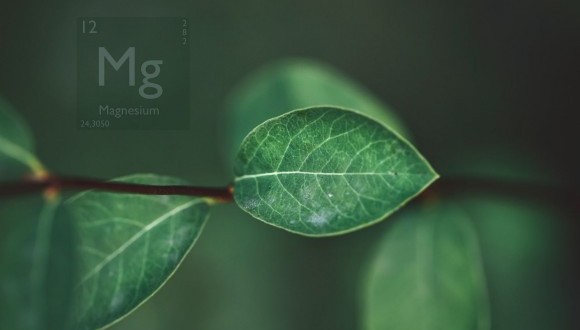It is confirmed with robust data that each species has a unique atomic identity
The combination of chemical elements of each species is called elementome and, like the genome, varies from one species to another according to evolutionary proximity and environmental conditions. Studying the elemental composition of living beings is a tangible, simple and universal method that allows us to relate each species with its position and function in nature.

In the same way that there is a genome, all living creatures also have their own elemental composition, we are composed of the elements of the periodic table in certain proportions. This is confirmed by a new study led by CREAF and published in January in the journal Nature Ecology and Evolution in which the leaf elementome of 227 tree species from all over the world has been analyzed. In fact, in the same way that genomes are currently sequenced to obtain very detailed information about living beings and their genes, the authors propose to analyze the elemental composition as a tangible and novel method to know the function and position of each species in nature through its elemental chemical composition.
"All living creatures on Earth need chemical elements in specific quantities and proportions to live and grow, which are used in the construction of molecules, tissues, organisms and communities. Plants, for example, devote efforts to capture the energy of sunlight and therefore need magnesium in higher quantities than animals. On the contrary, humans and animals in general, we have to destine many resources to move, to have more muscles, which means a great accumulation of protein structures and, therefore, of nitrogen", comments Jordi Sardans, researcher at CREAF and first author of the study.
The article confirms empirically this hypothesis already raised by science some time ago and does so with a set of robust data from 227 species of trees around the world. Specifically, the research team has analyzed the concentrations of nitrogen, phosphorus, potassium, calcium, magnesium and sulfur in the leaf biomass of 23,962 trees representing all latitudes and ecosystems.

"To be able to confirm a hypothesis of this magnitude you need a lot of data, we have been able to do it after years of analyzing the concentrations of these elements in thousands of leaf samples from all over the world" explains Jordi Sardans.
What the chemistry says about us
According to the results of the study, the elementoma of each living species is like a passport that provides us with information on four levels. Firstly, it tells us the parental relationship with other living beings and allows us to identify the species along the classic phylogenetic trees. The closer two species are from an evolutionary point of view, the more similar their elementoma is. In fact, between 60% and 94% of the differences that have been observed in the composition of the elementoma of the leaves analyzed are due to the phylogenetic differences between the species.
Secondly, the analysis of the chemical composition of the leaves also contains information on the response of living beings to environmental conditions. Depending on the external phenomena to which each organism is subjected, the functions it performs change, reinforce some or stop doing others. In the case studied, the elemental composition of the leaves of different tree species or within the same species varies according to the climate, nitrogen deposition and the type of soil in which each plant lives. Specifically, between 1 and 7% of the differences in the elementoma of the different leaves that have been studied are the result of one of these three factors. According to Josep Peñuelas, CSIC professor at CSIC ans CREAF researcher "these effects are moderate but significant and independent of the relationship".
Thirdly, the study shows that coexisting and competing species tend to differentiate their biogeochemical niche in order to minimize competitive pressure. When two species compete for the same resources, they behave or function in alternative ways and that also changes their chemical composition. This situation further differentiates the chemical composition between species that coexist in the same ecosystem, than between those that do not.
Finally, the study confirms that species living in very changing environments have a more variable and plastic elemental composition. In contrast, those living in more stable environments have a more constant composition.
A key tool for ecologists
The study published in Nature Ecology and Evolution provides a tangible and quantifiable method to elucidate and identify the function and position of each species in nature, the ecological niche, one of the paradigms of ecology and the evolution of life on the planet. This new methodology has many applications, both to theoretical and applied ecology, because it connects the changes of species in space and time in relation to basic resources, such as water, air and nutritional components from soil and rocks, from which living species extract the different elements that form them.
"Once we define the biogeochemical niche by the elementoma of each species, we can identify the different ecological niches of the different species along the geographic gradients and scales, as well as over time, following the evolutionary changes through the changes in the atomic composition of the organisms or a representative and comparable part among them. Until now, we had not been able to have a methodology that in a material, tangible and universal way allowed us to identify and follow in a practical way the ecological niche", concludes Peñuelas.
Article
Sardans, J., Vallicrosa, H., Zuccarini, P., Farré-Armengol, G., Fernández-Martínez, M., Peguero, G., ... & Peñuelas, J. (2020). Empirical support for the biogeochemical niche hypothesis in forest trees. Nature Ecology & Evolution, 1-11.






